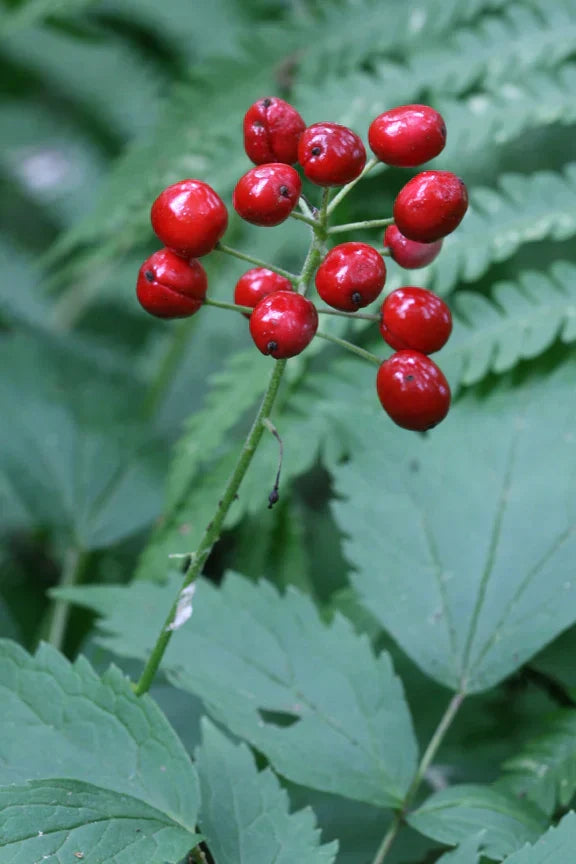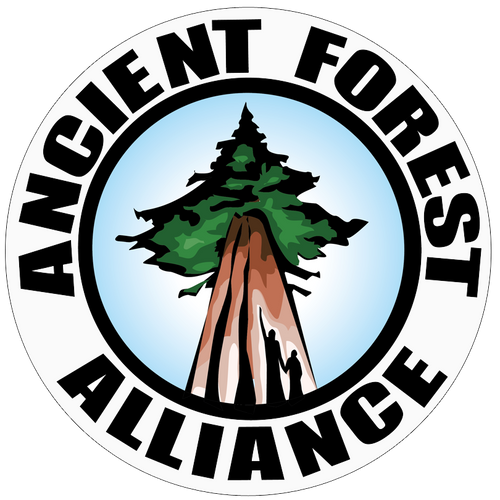
Deadly Doppelgängers: Common Toxic Plants That Look Like Edibles
Share
Deadly Doppelgängers: Common Toxic Plants That Look Like Edibles
Foraging is a rewarding way to connect with nature and nourish yourself with wild foods. However, one of the biggest risks in harvesting wild edibles is mistaking a toxic plant for a safe one. Even experienced foragers can be fooled by look-alikes, and the consequences can be severe—or even deadly.
In the foraging community, we prioritize safety and education. Below, we’ve compiled a list of some of the most dangerous toxic plants in British Columbia (and beyond) that resemble common edibles. Always double-check your harvest, and when in doubt, leave it out!
1. Poison Hemlock (Conium maculatum) vs. Wild Carrot (Daucus carota)
Why it’s dangerous: Poison hemlock is one of the most toxic plants in North America, containing alkaloids that can cause respiratory failure.
Key differences:

✔ Wild Carrot (Queen Anne’s Lace): Fuzzy stem, smells like carrot, has a single purple flower in the center of the white umbel.

✖ Poison Hemlock: Smooth stem with purple blotches, smells musty or like mouse urine, no central purple flower.
2. Death Cap Mushroom (Amanita phalloides) vs. Paddy Straw Mushroom (Volvariella volvacea)
Why it’s dangerous: The death cap is responsible for the majority of fatal mushroom poisonings worldwide.
Key differences:

✔ Paddy Straw Mushroom: Pinkish gills, no ring on the stem, grows in warm climates (not native to BC).

✖ Death Cap: White gills, a prominent cup (volva) at the base, a ring around the stem, and grows near oak trees.
Note: Many edible mushrooms have deadly look-alikes. Never eat a wild mushroom unless you are 100% certain of its identity.
3. False Morel (Gyromitra spp.) vs. True Morel (Morchella spp.)
Why it’s dangerous: False morels contain gyromitrin, a toxin that can cause seizures, liver failure, and death.
Key differences:

✔ True Morel: Hollow stem and cap, with a honeycomb-like structure.

✖ False Morel: Cap appears wrinkled or brain-like, often not hollow when cut open.
4. Lily of the Valley (Convallaria majalis) vs. Wild Garlic (Allium ursinum)
Why it’s dangerous: Lily of the valley contains cardiac glycosides, which can cause heart failure.
Key differences:

✔ Wild Garlic (Ramps): Smells strongly of garlic/onion when crushed, has a single smooth stem.

✖ Lily of the Valley: No garlic smell, has multiple bell-shaped flowers on a single stem.
5. Dog’s Mercury (Mercurialis perennis) vs. Wild Spinach (Chenopodium album)
Why it’s dangerous: Dog’s mercury is highly toxic, causing vomiting, kidney damage, and even death.
Key differences:

✔ Wild Spinach (Lamb’s Quarters): Leaves are mealy underneath, toothed but not glossy.

✖ Dog’s Mercury: Glossy, serrated leaves in opposite pairs, grows in shady woodlands.
6. Baneberry (Actaea spp.) vs. Wild Grapes (Vitis spp.)
Why it’s dangerous: Baneberries contain cardiogenic toxins that can stop the heart.
Key differences:

✔ Wild Grapes: Grow on vines, have tendrils, and produce clusters of dark purple or green grapes.

✖ Baneberry: Grows on upright stems, has shiny red or white berries in a more upright cluster.
Foraging Safety Tips
- Always use multiple identification features (smell, stem, leaves, habitat).
- Consult a reliable field guide or expert before consuming any wild plant.
- Start with easy-to-identify species like dandelions or stinging nettle before moving to riskier plants.
- When in doubt, don’t eat it! No wild snack is worth a trip to the hospital.
At Kootenay Wildcrafting Co, we believe in sharing knowledge to keep foragers safe. Join your local foraging club for a guided forage walk and safety tips from the pros.
Stay curious, stay cautious, and happy foraging! 🌿

